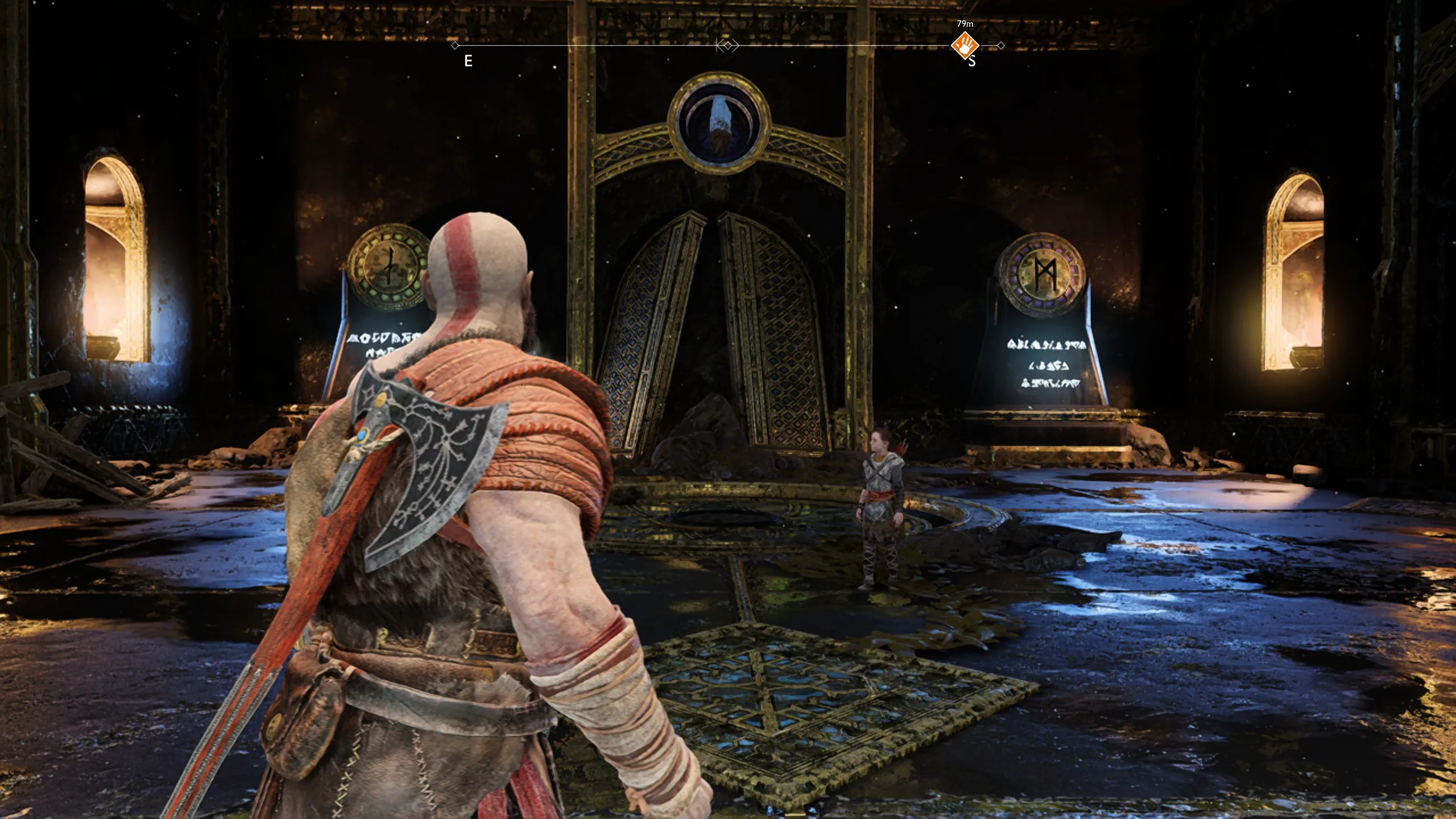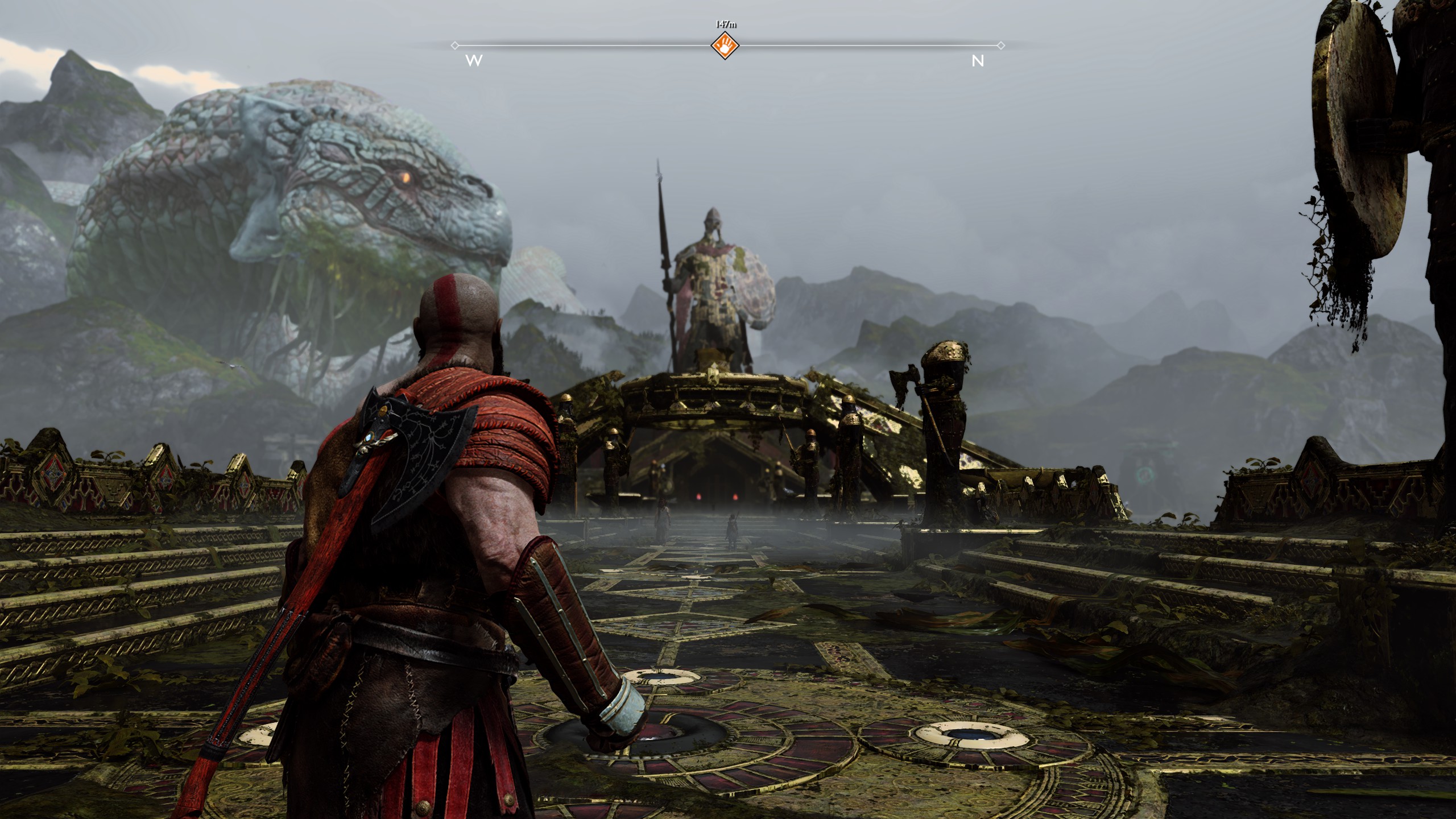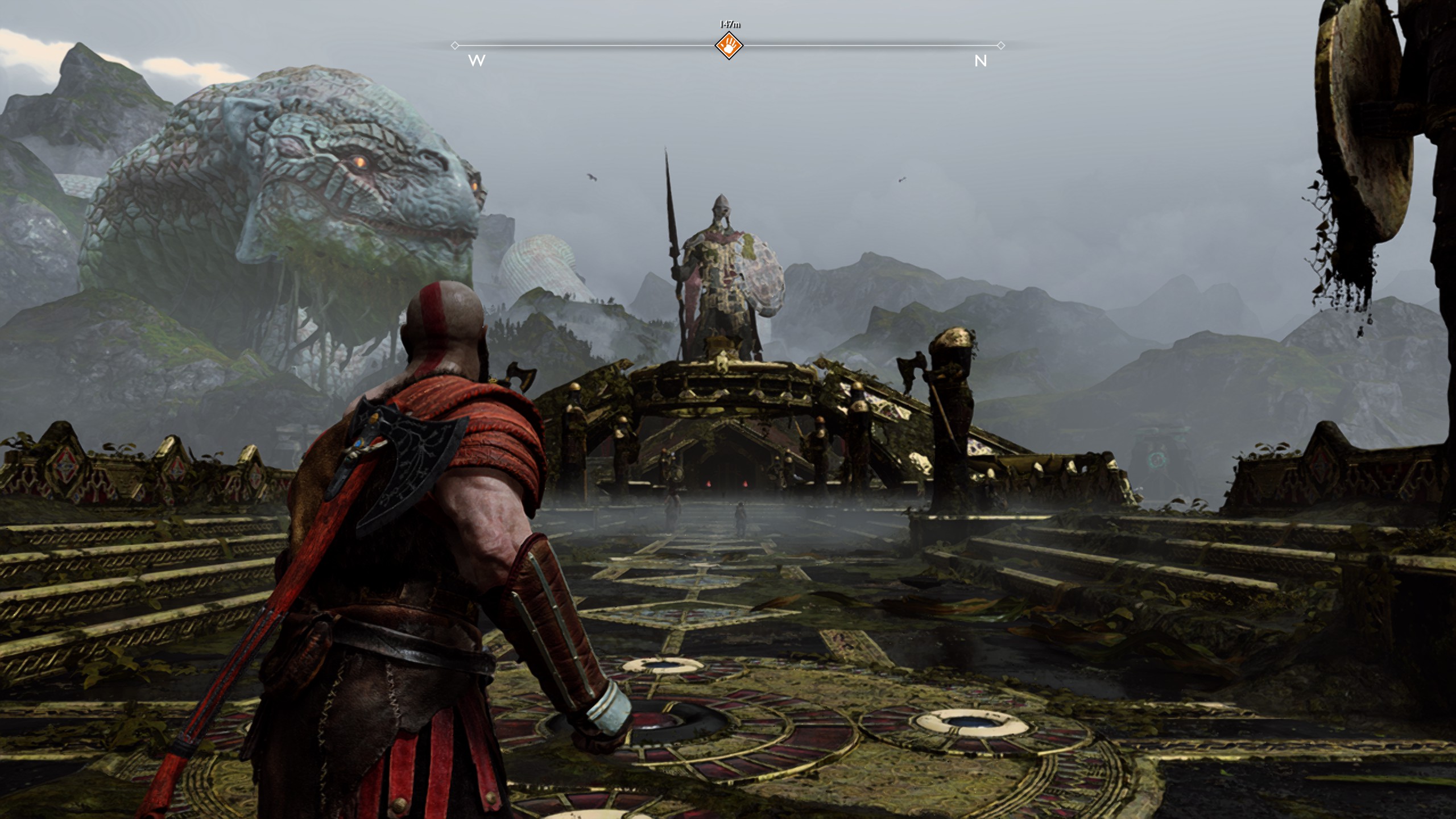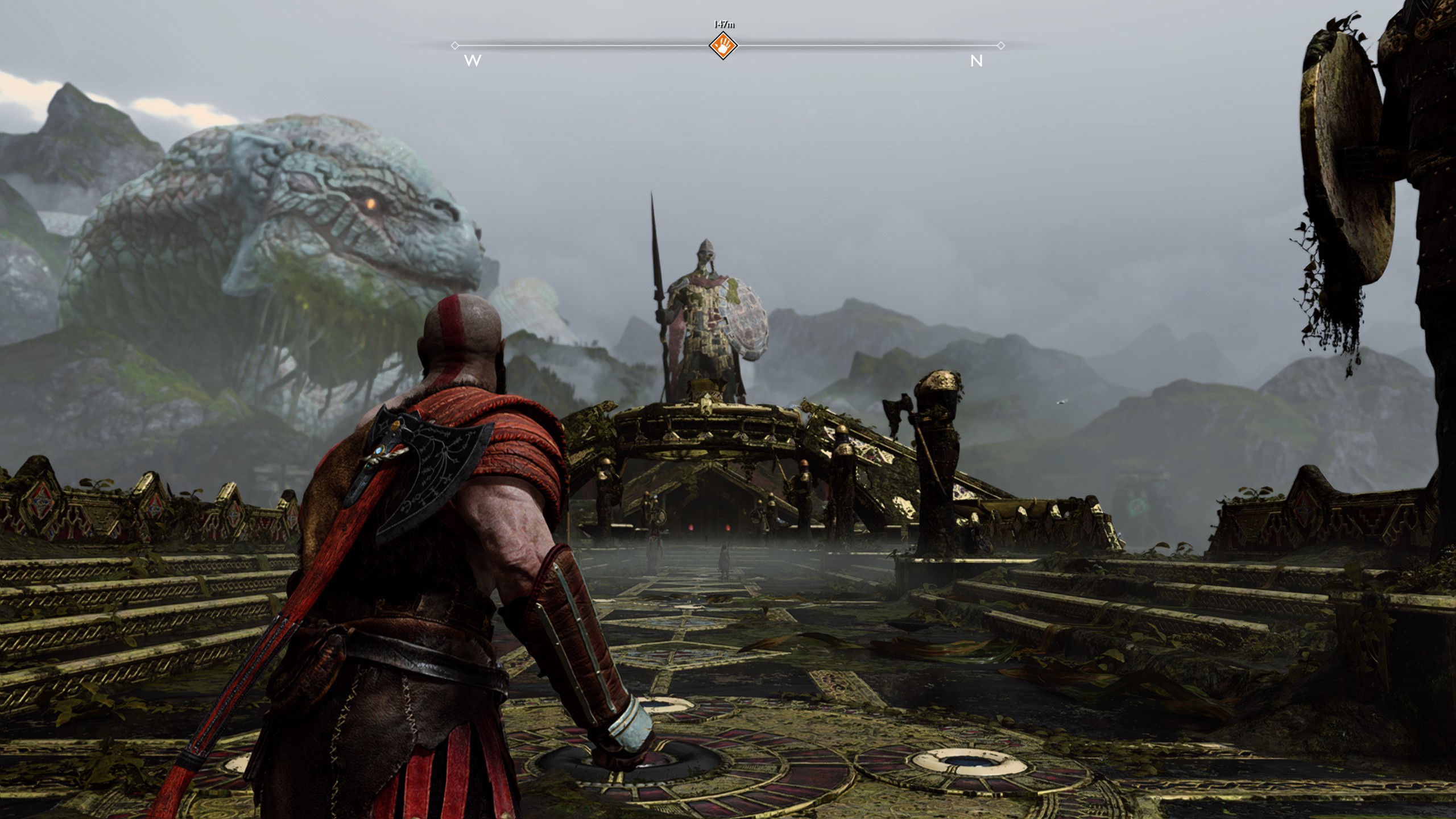God of War‘s arrival on PC comes with a decent number of PC-exclusive features. The game ships with support for ultrawide monitors, Nvidia Reflex, and even an option to uncap its frame rate. But most importantly, God of War comes with support for both Nvidia and AMD’s upscaling techniques, Deep Learning Super Sampling (DLSS) and Fidelity FX Super Resolution (FSR), respectively.
With an AMD RX 5700 packed into my rig, I just had to see how AMD’s competitor to DLSS fares in a modern game, one where players will want to squeeze out as many frames per second as possible. Instead of more frames gained at the cost of some visual fidelity, though, I found an extremely rough implementation of AMD’s upscaling tech that hardly makes a difference where it counts.
All pain, no gain
While AMD’s FSR is Team Red’s competitor to DLSS, the two aren’t equal. Simply put, DLSS uses a series of frames to create an upscaled image. FSR, however, only uses the one that’s on screen, applying a sharpening filter to give it the appearance of a higher-resolution image. The result for FSR is an output that has more shimmering and ghosting.
God of War‘s implementation of FSR has all of those issues, and then some. Through my testing, I’ve found that the performance gained by turning FSR on can be, in some cases, totally negligible, all while compromising the game’s normally stellar visuals.
FSR in God of War comes in four flavors: Performance, Balanced, Quality, and Ultra Quality. Performance, naturally, is meant to make the game run as smoothly as possible, at the cost of most of the game’s visual fidelity. Ultra Quality, on the other hand, hardly impacts the game’s visuals but delivers a slim performance boost in the best of cases.
I tested God of War‘s performance at the high-quality setting with FSR on in two different areas. First was inside a cave directly across the bridge from Tyr’s Temple, the game’s main hub. This indoor setting serves as a decent representation of the various caves players will explore during their journey as Kratos, and should depict what kind of frame rate boosts they can expect.
Indoors, FSR can provide some sizable frames per second (fps) boosts, although players will have to sacrifice some of God of War‘s gorgeous visuals. Without the upscaling tech on. the game would hover around 62 fps and 63 fps, which is fine, but could be so much better. Setting FSR to quality shows the potential gains and all of the drawbacks that come with this piece of upscaling tech. My frame rate shot up to 109 fps, providing a silky-smooth experience.
This is also where FSR’s first downside in God of War pops up. Setting the upscaling tech to anything other than Ultra Quality results in just about every object in the environment gaining a “muddy” appearance. This effect is most obvious in the glowing blue runes on the wall across from Kratos, as well as the decorated part of the floor immediately in front of him. FSR immediately makes both lose their definition, not to mention Kratos himself. Sure, the game runs better but it’s not worth the steep drop-off in visual quality.
That all changes when you bump FSR up to Ultra Quality, though. The visual downgrades at this setting are hardly noticeable, especially during moment-to-moment gameplay, and it provides a significant boost in performance, bringing my frame rate as high as 80 fps.
Not worth the frames
FSR’s performance uplift indoors when set to Ultra Quality is, sadly, the only time the upscaling tech is actually worth using. My second test area was outside of Tyr’s Temple, looking at it from the bridge. It’s a demanding area in the game, running in the mid to high 50 fps range without FSR on my computer.
Turning the upscaling tech on revealed some surprising results. Unlike the performance boosts seen inside the cave, I saw negligible frame rate increases across every FSR setting in this environment. Sure, my frame rate would make its way to the low 60s, but that’s only an uplift of about five or six frames per second. Considering how much of God of War takes place in outdoor environments, it’s hardly worth keeping FSR on even at Uultra Quality while you’re adventuring around.
Needless to say, FSR’s other settings hardly fare as well. They maintain the same performance boost but muddy the game’s visuals even further. At the Performance setting, the beat-up statue of Tyr on top of his temple loses all of its sharpness, devolving into a strange amalgam of green and gold shapes.
For AMD, FSR’s showing in God of War is spectacularly disappointing, practically destroying the game’s visuals at its lowest setting and only being worth using in extremely specific scenarios. While the upscaling tech can be used broadly, unlike Nvidia’s DLSS, this case is much like Deathloop’s. In that game, details are practically washed away when FSR is turned on. Unfortunately, God of War is in the same boat, meaning anyone with an Nvidia GPU will likely have a much better time running the game.










